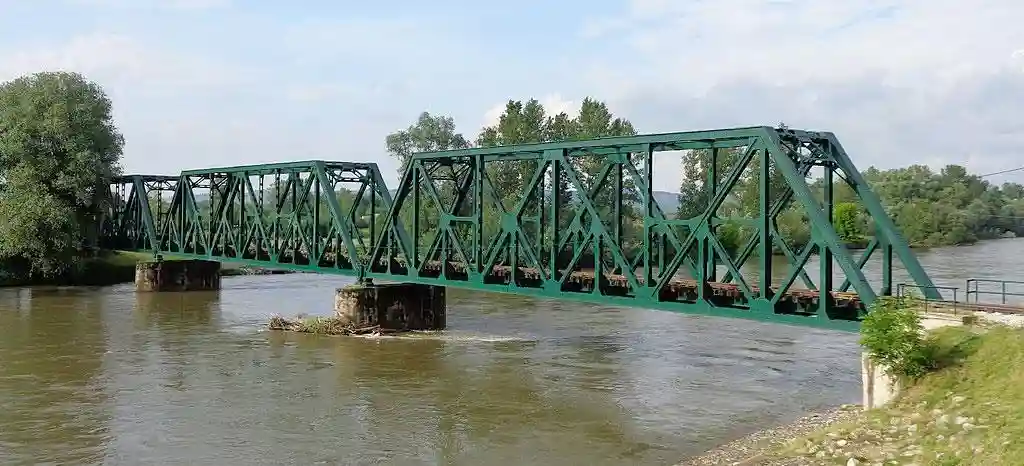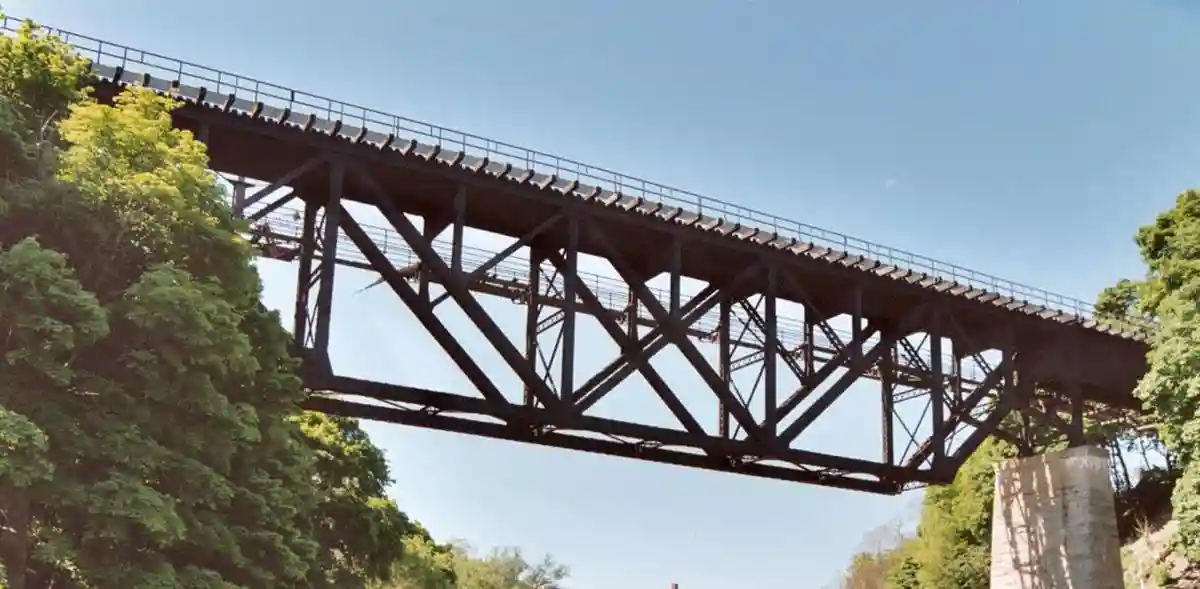Bridge design
There are many different kinds of bridges. You have probably crossed several of them. Each type of bridge offers specific advantages, and comes with different limitations.
The Suspension Bridge

The Golden Gate Bridge, which spans the one-mile strait between San Fransisco Bay and the Pacific Ocean, is suspension bridge. Its deck (the load-bearing portion that supports the roadway) is held up by vertical suspenders that attach to large suspension cables.
Suspension bridges are capable of spanning great distances and can be built high above ground or water level. They are also very flexible and can withstand some movement during high winds or earthquakes. However, they require very strong foundations and cannot carry as heavy loads as other bridge types because the deck has to be relatively light.
The Arch Bridge

Arch bridges like The Richmond Bridge, in Richmond, Australia, above, are some of the oldest operational bridges in the world. Arch bridges work by transferring part of weight of the bridge and its load horizontally into abutments – places where the bridge rests or make contact with the ground.
Arch bridges are incredibly sturdy - and even get stronger over time if they are well maintained. They can be built with many different kinds of materials and can withstand much heavier loads than some other bridge types. A single arch can only span a limited distance, so longer bridges require multiple arches. This makes arch bridges more time-consuming, and often much more expensive to build.
The Truss Bridge

This railroad bridge in Croatia is an example of a truss bridge. This particular design is a variation of the Baltimore Truss, which is common in railroad bridges.

This bridge in Lockport, New York, is a deck-truss bridge. In this design, the deck rests on top of the truss rather than inside it.

The Forth Bridge in Scotland is a beautiful example of a cantilever truss bridge. Cantilevers are only supported on one side and, in large spans, are often built in pairs. This design can be built outward from set points rather than from end to end.
A truss is a structure of connected (usually straight) pieces that acts as a one piece. Trusses can dramatically increase the overall strength of a structure without adding a lot of weight or material. They can also can be built in one place, then transported to somewhere else for assembly. Truss bridges are often made from steel or other metal - but can just as easily be constructed out of wood or other material.
There are many more variations on the truss bridge. Once you understand how trusses work, you'll start to see them all around you: on bridges, in buildings, supporting towers, even in the cranes that are used to build other structures.
Getting Started
As an engineer, you’ll want to consider how long your bridge needs to be to connect two places (it’s “span”), how heavy of a load it needs to hold (in our case: pennies), and meeting budgetary restrictions (limited materials) when designing and constructing your bridge. Pro tip for your design: when working with toothpicks and marshmallows, triangular shapes will provide the best bridge strength and stability.
- Think about a design for your bridge that will optimize strength. Sketch out your ideas.
- Construct your bridge using only the amounts of materials described above. This is your material “budget.”
- Once you’ve designed and built your bridge, prop it on top of two boxes or textbooks of the same height, leaving a gap of 10 cm in between (see the introduction video for an idea of what this setup should look like).
- Set the small cup on top of the center of your bridge. Gradually and gently add the pennies one at a time to the cup until you’ve added all 10 pennies. If your bridge stays intact with 10 pennies, try adding more. How many pennies can your bridge support before pieces start coming apart? How many before it collapses?
Substitute materials
The goal of this activity is to get creative and practice engineering design! If you don’t have the exact materials on hand – check around to see if there are other materials that you can use instead. A few alternative building supplies you might consider:
In place of toothpicks: try pencils, straws, or popsicle sticks
In place of marshmallows: try Play-Doh, tape, craft glue, homemade modeling clay.
If you use glue or clay, you’ll need to give it plenty of time to dry before testing the strength or earthquake resistance of your bridge. Also, toothpick bridges made with glue are much stronger than those made with marshmallows, so try testing the strength by placing large textbooks or cans of soup on top instead of pennies.
In place of pennies: try other small coins, bottle caps, individually wrapped pieces of candy...
For propping up your bridge: try textbooks or shoe boxes, photo boxes, tissue boxes, or cereal boxes of the same size with something inside of them to keep them from sliding